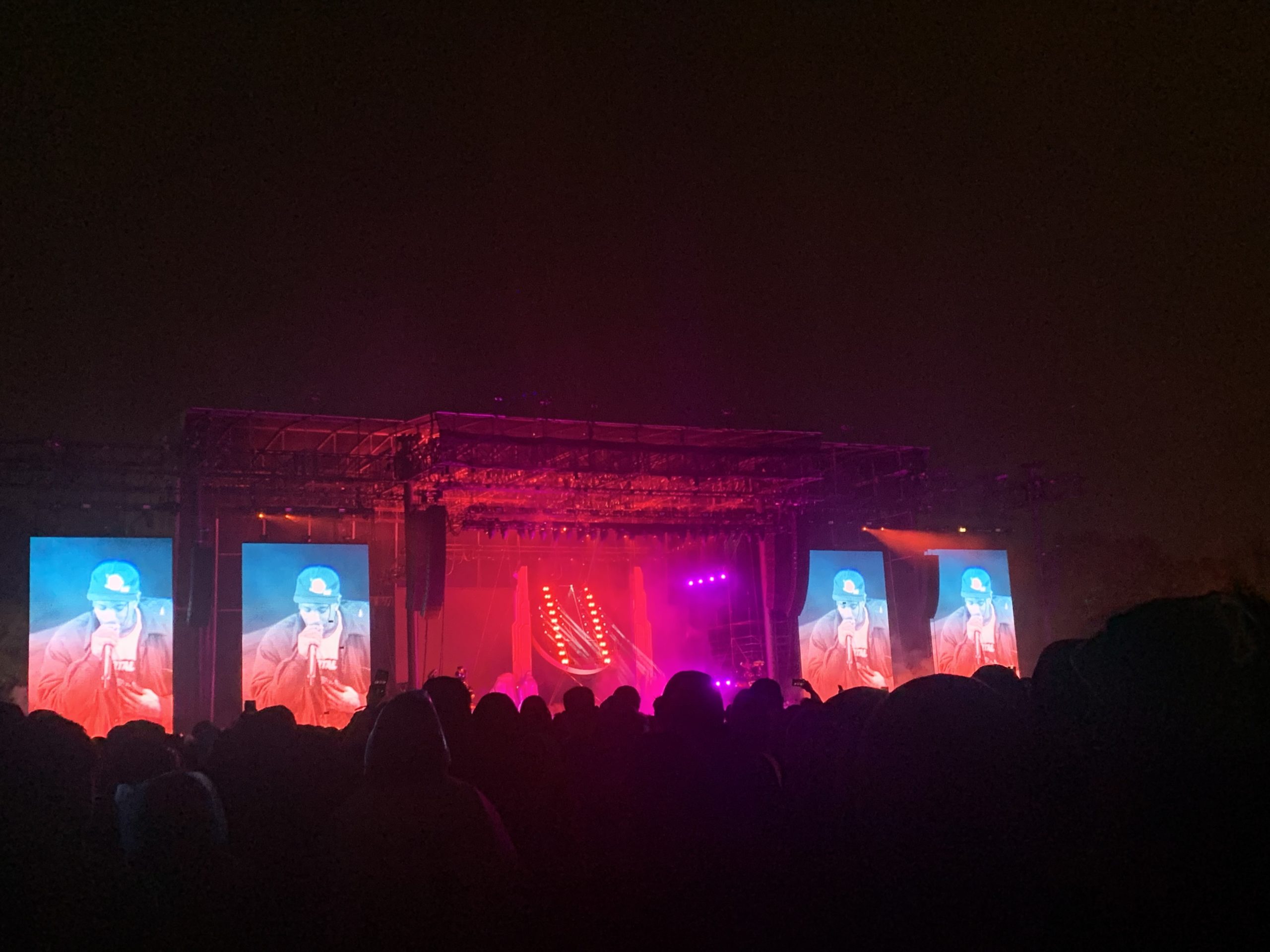Eavan Kallis
Staff Writer
Wes Anderson’s latest movie, The French Dispatch was released October 22. The movie is an anthology of stories from the final issue of an American newspaper outpost in France and is set in the fictional French city of Ennui-Sur-Blasé. The French Dispatch, a fictional Sunday supplement was inspired by The New Yorker, and all of the dispatch reporters were inspired by famous writers and journalists.
The movie begins after the sudden death of the newspaper’s founder and editor, Arthur Howitzer Jr. (played by Bill Murray), and focuses on three stories published in the newspaper’s farewell issue. The issue begins with the paper’s cycling reporter, Herbsaint Sazerac (played by Owen Wilson) bicycling through the city. Sazerac gives the audience a tour, showing the different landmarks and sections of the city.
The first story, The Concrete Masterpiece, is about Moses Rosenthaler (played by Benicio Del Toro), an imprisoned artist discovered by Julien Cadazio, (played by Adrien Brody) who is serving a sentence for tax evasion. Rosenthaler’s abstract paintings immediately become popular, and he develops a following of fans and other artists. J. K. L. Berensen (played by Tilda Swinton), tells the story of Rosenthaler, and the events that lead to his imprisonment and success in the art world.
Lucinda Krementz, (played by Frances McDormand) and her story, Revisions to a Manifesto, was based on Mavis Gallant and her coverage of the May 1968 student uprisings in France. While Krementz is reporting on the protests at the university in Ennui, she meets Zeffirelli, (played by Timothee Chalamet) one of the student protest leaders. Even though her goal is to “maintain journalistic integrity,” Krementz helps Zeffirelli write his manifesto, and has a brief relationship with him.
The third story is written by Roebuck Wright (played by Jeffery Wright,) a food critic for the Dispatch, whose character and writing style was inspired by James Baldwin and A. J. Liebling. Wright recounts his experience eating with the Ennui Police Commissioner and police officer and celebrated chef Lt. Nescaffier. During the dinner, the commissioner’s son is kidnapped, leading the party guests on a stakeout and a car chase.
Like every Wes Anderson movie, The French Dispatch has a specific aesthetic, with lots of colors, symmetrical shots, and attention to detail. The movie is fast-paced and busy, but still takes the time to connect each of the stories and characters, and gives us the motivations and purpose behind each writer’s story. The French Dispatch is a lively and fun to watch movie that shows an appreciation for journalism, and it is probably one of Anderson’s best so far.
Photo courtesy of IMDb





